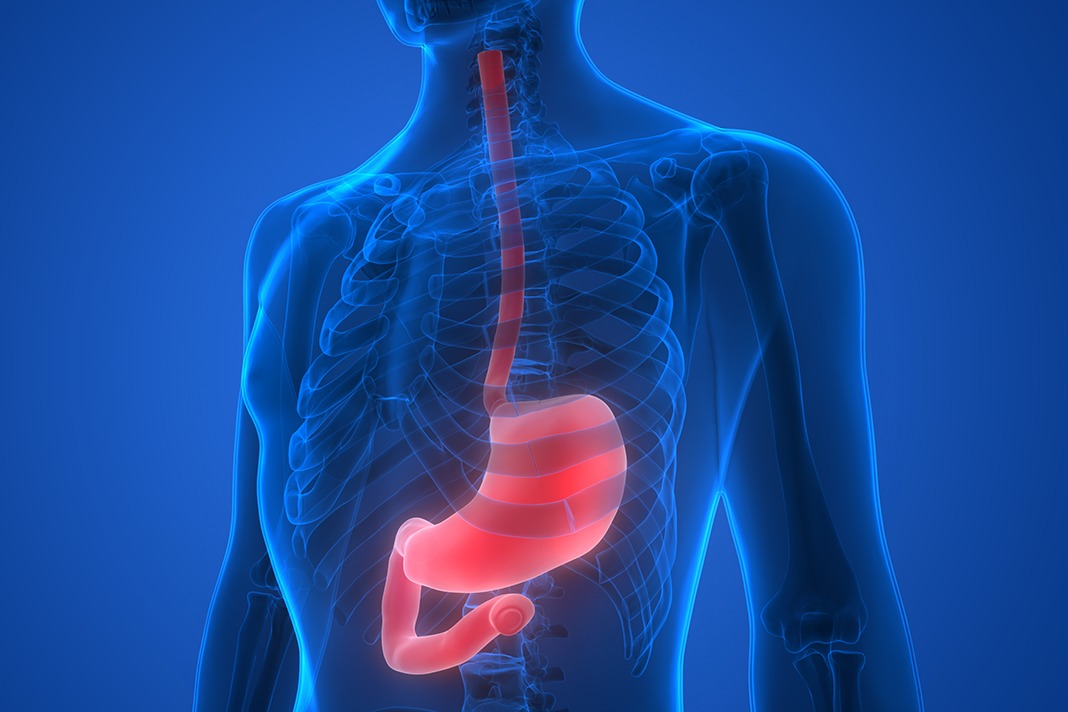This article explores a few options for esophageal cancer. The authors discuss Surgery, Chemoradiation therapy, and Esophageal stents. This is a review article on each of these options. To learn more about each treatment option, continue reading. Here are some facts and figures about esophageal cancer. Also, read about the latest treatments for esophageal cancer.
Surgery
The survival rates for esophageal cancer are based on people who were diagnosed between 2011 and 2017, but the survival rates do not distinguish between adenocarcinomas and squamous cell carcinomas, which are generally thought to have a slightly better outlook. However, these figures may be lower for people who were diagnosed with esophageal cancer recently, as the treatment options have improved. Additionally, survival rates only consider the stage of the cancer at the time of diagnosis, not relapse after treatment.
A surgeon may perform surgery to remove a tumor, which is typically in the esophagus, at the point where it meets the stomach. In a gastroesophageal cancer surgery, part of the stomach and esophagus are removed, leaving about three to four inches of normal esophagus. Surgery to remove a tumour may also involve removing nearby lymph nodes, which trap organisms in the body and can cause the cancer to spread.
Chemoradiation therapy
In some cases, chemotherapy and radiation are used together to treat esophageal cancers. The drugs are often given via IV, while others are taken by mouth. Both methods can kill the cancer cells and shrink the tumor, making it easier to remove. The chemotherapy drugs are typically administered at a doctor’s office or an infusion center. The procedure is often done in combination with other types of treatments, including surgery.
The standard strategy for locally advanced esophageal cancer is neoadjuvant chemoradiation followed by surgery. The results of this trimodality therapy have been encouraging, with improved overall survival and reduced risk of recurrence. Although trimodality therapy is preferred by many U.S. centers, definitive chemoradiation may still be an effective option for patients who are non-surgical candidates. The optimization of this treatment will focus on the radiation dose and chemotherapy and patient selection.
Palliation therapy
There are several types of endoscopic palliation therapies available for patients with advanced esophageal cancer. Endoscopic palliation is a method of addressing symptomatic discomfort that is less invasive than surgery. Other types of palliation therapies may include chemotherapy, laser treatment, and photodynamic therapy. Endoluminal stenting is the most common form of palliation for patients with advanced esophageal cancer.
This study involved 164 patients with advanced esophageal and gastric cardia cancers. Forty-eight patients did not undergo resection because of their poor prognosis, advanced disease, or cardiorespiratory complications. In addition, 18 patients underwent esophageal intubation. Other treatments included laser therapy, chemotherapy, radiotherapy, and radiotherapy. The results are unreliable because no quality of life was assessed in the nonresected group.
Esophageal stents
There are advantages and disadvantages to Esophageal stents for esophageal cancers. In addition to allowing food to pass through the tumor, these devices may cause reflux of gastric contents into the esophagus, causing heartburn or aspiration pneumonia. To alleviate this risk, patients should take antacids before and after the procedure to prevent reflux.
In one study, a prototype stent was placed in 21 patients with benign refractory strictures. After eight weeks, four patients had dysphagia. The stent was removed in two patients due to migration and recurrence of strictures. In the other series, five patients underwent stent placement. The rate of new stricture formation was 48%, and one patient developed a small bronchioesophageal fistula.
Endoscopic dilation
There is no specific evidence for whether or not dilating malignant strictures during EUS esophageal cancer staging increases the risk of metastasis. However, previous studies have indicated that dilating malignant strictures may lead to increased rates of perforation. These findings are now disputed by recent studies. EUS staging is typically performed immediately after dilation.
Compared with surgery alone, patients undergoing CRT or definitive radiotherapy (RT) were significantly more likely to undergo esophageal dilation. The incidence of cancer-related death was significantly higher in patients receiving definitive RT or CRT after esophageal dilation. In a second trial, patients undergoing surgery alone or RT plus CRT had an increased risk of esophageal cancer.
Laser therapy
A multicenter clinical trial led by Columbia University College of Physicians and Surgeons compared photodynamic laser therapy with thermal ablation for the palliation of esophageal cancer. Two hundred eighteen patients were randomized to receive either laser therapy or thermal ablation. Both methods showed promise, and were highly effective in some patients. Fortunately, this treatment is not without its disadvantages.
The therapeutic effects of laser treatment depend on the wavelength and power density of the photons emitted. The wavelength of the photons is critical, because it determines their total energy and how much of them are absorbed by the tissue. This treatment may not be effective for all patients with esophageal cancers, but it is an excellent choice for those whose tumors are not yet advanced enough to require surgery.



